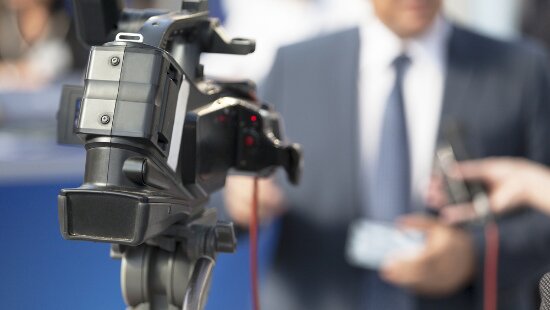A Consumer Council survey on the booming slimming treatment industry has uncovered an abundance of highly dubious claims of efficacy in weight loss.
The Council is concerned that, though lacking in scientific proof, such myths are irresistibly attractive to the slimming-obsessed willing to try just about anything to lose weight.
Expert verdict has all pointed to the futility of a quick fix or easy way in weight loss. A balanced diet and exercise are the only way to lose weight and keep it off.
In the survey, the Council has examined altogether 24 advertising claims (collected from newspapers, magazines and websites) in relation to slimming treatment devices applying electric current, infrared radiation, ultrasound, laser, vacuum suction, or massage, etc.
Invariably they all hold out promise of effortless weight loss.
Some glaring examples include: 45 minutes of treatment equivalent to 300 sit-ups; tone muscle, prevent fat accumulation, improve metabolic rate, promote lymphatic circulation, remove toxins and excessive water; burn 2,500 kcal in 20 minutes of treatment; lose 10 lb of fat in 5 hours; etc.
The realities, in the opinion of experts, are quite the opposite, for instance:
- Electric current or electronic stimulation does not "regenerate" body cells, promote blood circulation and lymphatic system, eliminate fat or remove excessive water.
- Involuntary movement of muscle contraction and relaxation as a result of stimulation of these electronic devices will not help build or strengthen muscle as in physical exercise.
- Infrared radiation causes mild heating but cannot remove fat, detoxify the body, improve metabolic rate, burn excessive calorie and enhance "cellular function".
- Ultrasound can be used in combination with liposuction to remove fat, but using ultrasound alone cannot achieve the same result.
- Massage does not involve active physical exercise, so it cannot burn fat, and application of external substances (e.g. lotion, plant extracts, ointment) during body massage also cannot help dissolve subcutaneous fat.
In short, there is no scientific evidence to substantiate that these devices can eliminate fat since the body is moved only in a passive way by a third party, and not actively doing exercise.
The survey also noted the emergence of a slimming treatment programme called Mesotherapy. The American Plastic and Reconstructive Surgeons have recently stated that there is no clinical evidence to substantiate Mesotherapy can eliminate fat.
Further, in a recent notice issued by the Medical Protection Society in Hong Kong, medical practitioners are cautioned that the use of any phosphatidylcholine product in cosmetic treatment (commonly used in Mesotherapy) will not be covered by insurance for professional indemnity.
The Council is also concerned over the safety of these slimming treatment devices which are not regulated and, clearly, more effective measures are needed for proper control over the operation of such devices.
As part of the survey, Council staff visited nine slimming centres across Hong Kong posing as prospective customers and asking for details of slimming treatments and prices.
The quality of information provided by staff of most of these centres showed that they apparently have little knowledge of the way the body works, and was far from satisfactory.
A frequent tactic of these centres is to use exaggerated claims or statements to lure their customers. For instance, running on treadmill for 30 minutes will give result similar to 4-hour jogging; reducing weight or losing fat at only selected part (and not affect other parts) of the body by using their treatment devices; 95% successful rate in slimming and 85% rate guarantee that the body will not regain weight or fat; etc.
Another common tactic is to make a one-off offer which customers are urged to make a hasty immediate decision to join a programme. Alternatively, some offered expensive slimming packages at first, then to less pricey ones in a tactic to assess the affordability of customers. Slimming programmes varied in price from $6,888 to $50,000.
The slimming programmes offered by three of the centres even included prescription of drugs but said that it is purely voluntary; one centre suggested that prescription of drugs could be arranged if required.
Consumer complaints against slimming centres have risen significantly in the first nine months of this year. Between January and September 2005, the Consumer Council received a total of 82 cases compared with 44 in the whole of 2004. Complaints usually relate to ineffectiveness of slimming treatments, price disputes and sales tactics.
Here are some important points which consumers should pay heed:
- Wordings or statements in advertisements are usually regarded as "mere puff" with no binding effect. Always check if any explicit promises are stated on the contract.
- Be aware of "spokesperson" recruitment, which purportedly offers to give free slimming service. But the applicants may be required to sign agreement with unfavourable terms and conditions.
- Payment by installments must be approved by financial institutions concerned and may not necessarily be interest-free. Consult your financial institutions before you sign any agreement with a slimming centre if you intend to pay the service fee by installments.
The Consumer Council reserves all its right (including copyright) in respect of CHOICE Magazine and Online CHOICE ( https://echoice.consumer.org.hk/ ).



